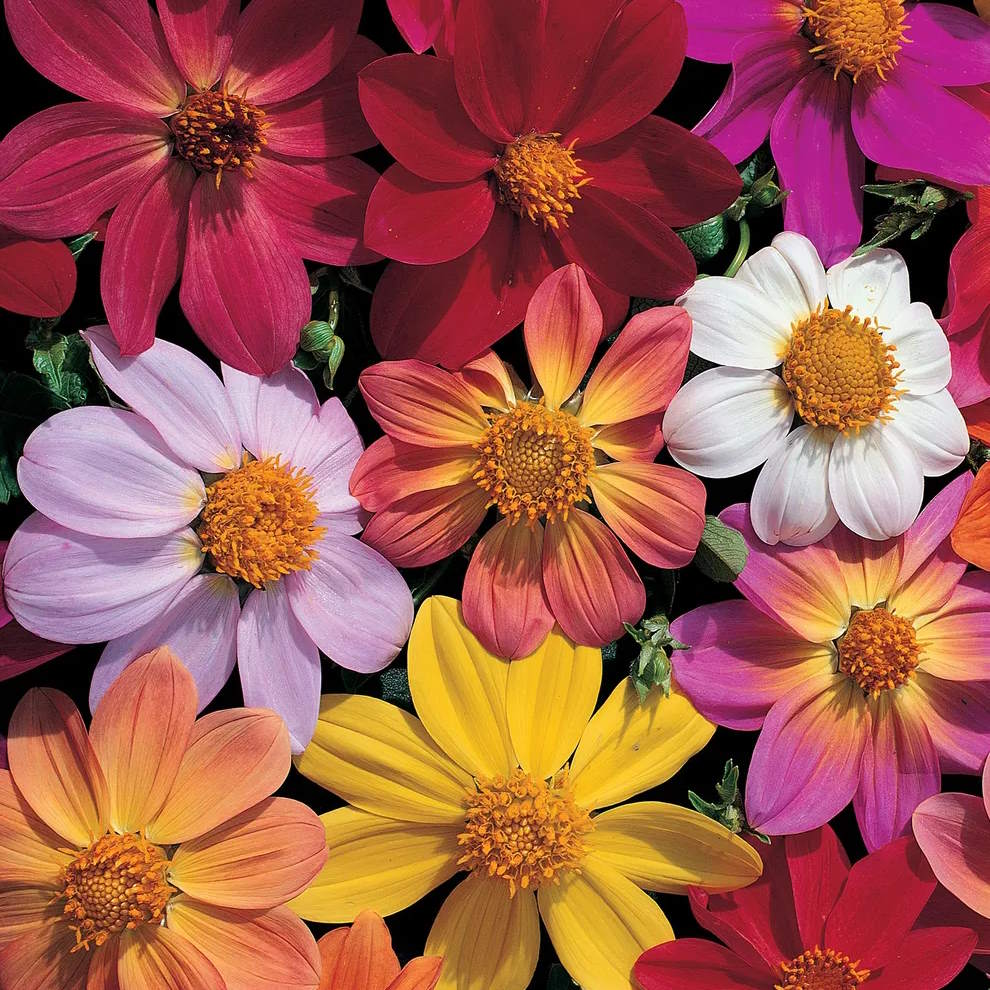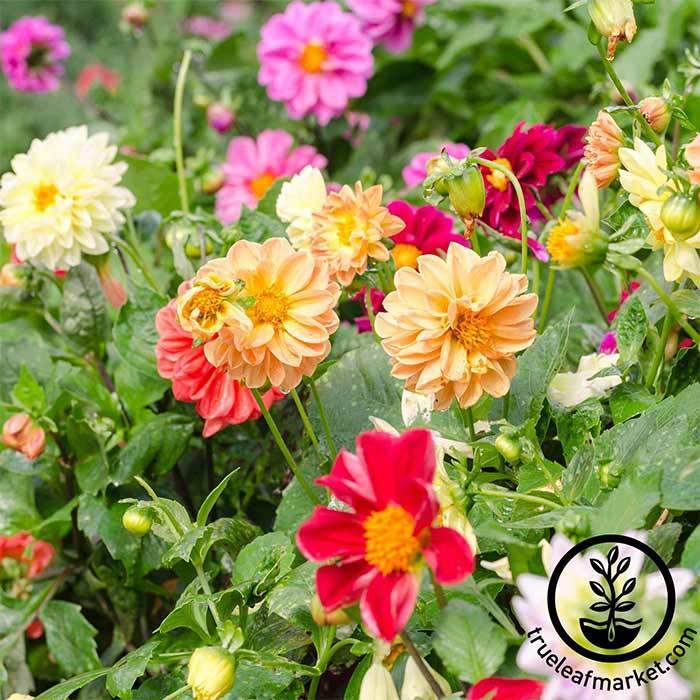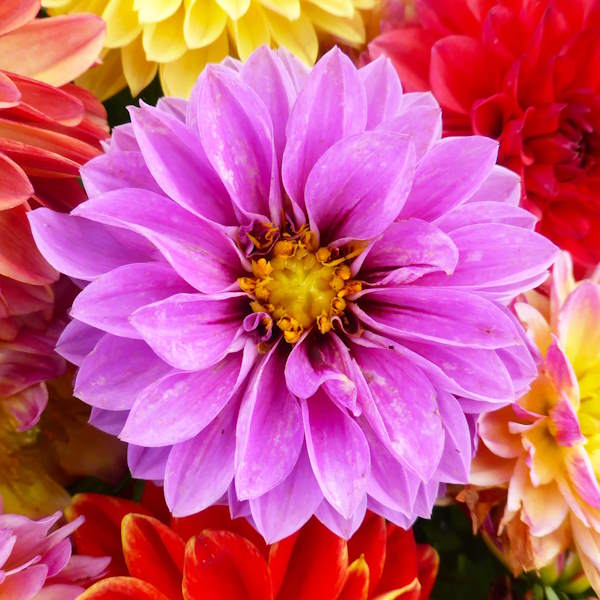How to grow dahlias from seed – floral experts hail ‘exciting and fascinating possibilities’ it offers
Sowing dahlia seeds is a simple way to get colorful blooms, and also a potentially fun experiment

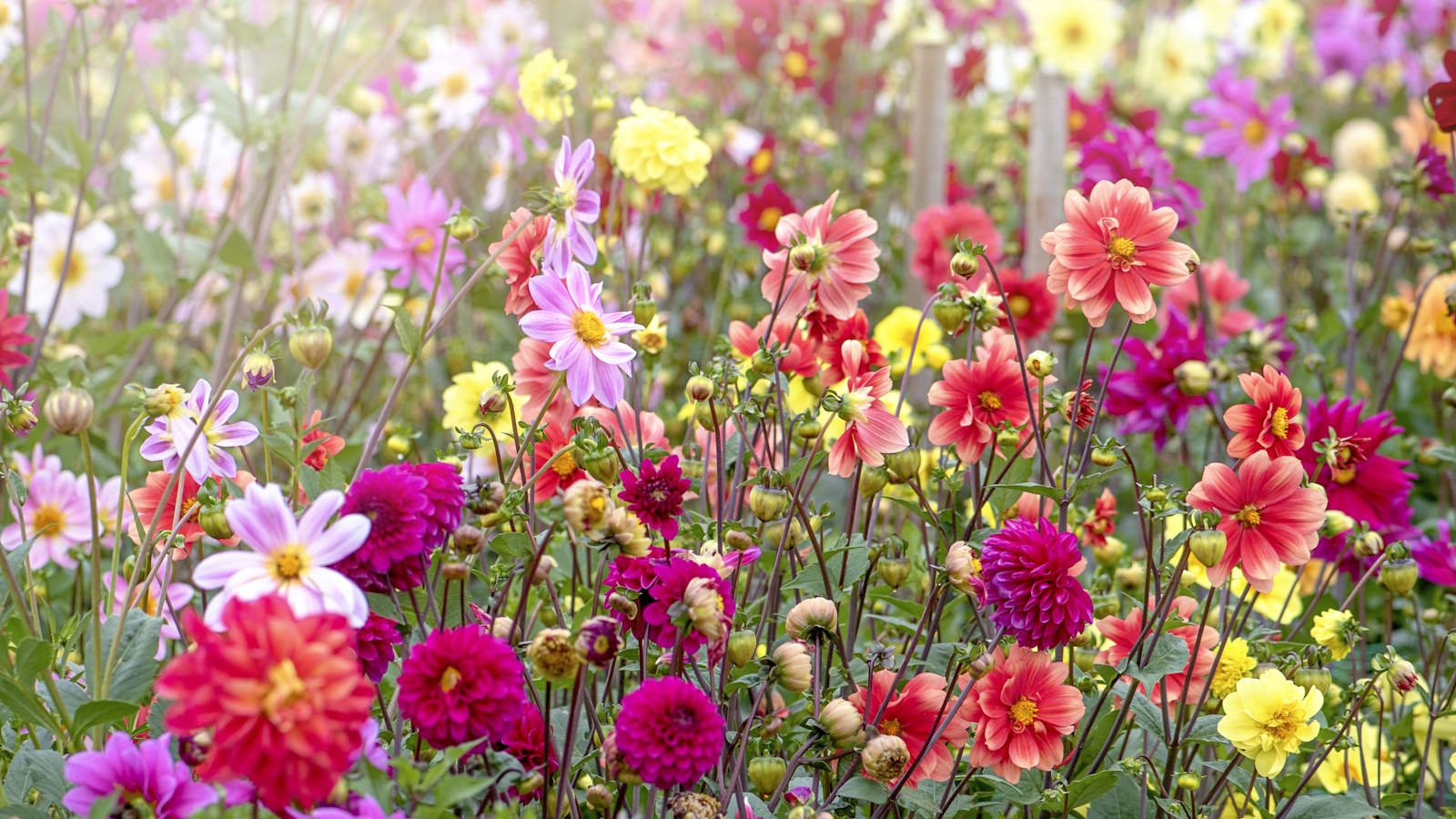
Dahlias are hugely-popular summer flowers that come in a wealth of bright colors and shapes. They have become increasingly fashionable again in recent years and, if you want to add these bold blooms to your backyard, they can be grown from seed.
Traditionally, many people grow dahlias from tubers that are commonly planted in late spring and lifted again in fall to protect them over winter - though dahlias can overwinter outdoors in warmer climates.
Growing dahlias from tubers is a reliable and steady way to grow traditional types of dahlias, however, growing dahlias from seed can be a simple and fun way of adding to your collection, rewarding you with a variety of different dahlia blooms.
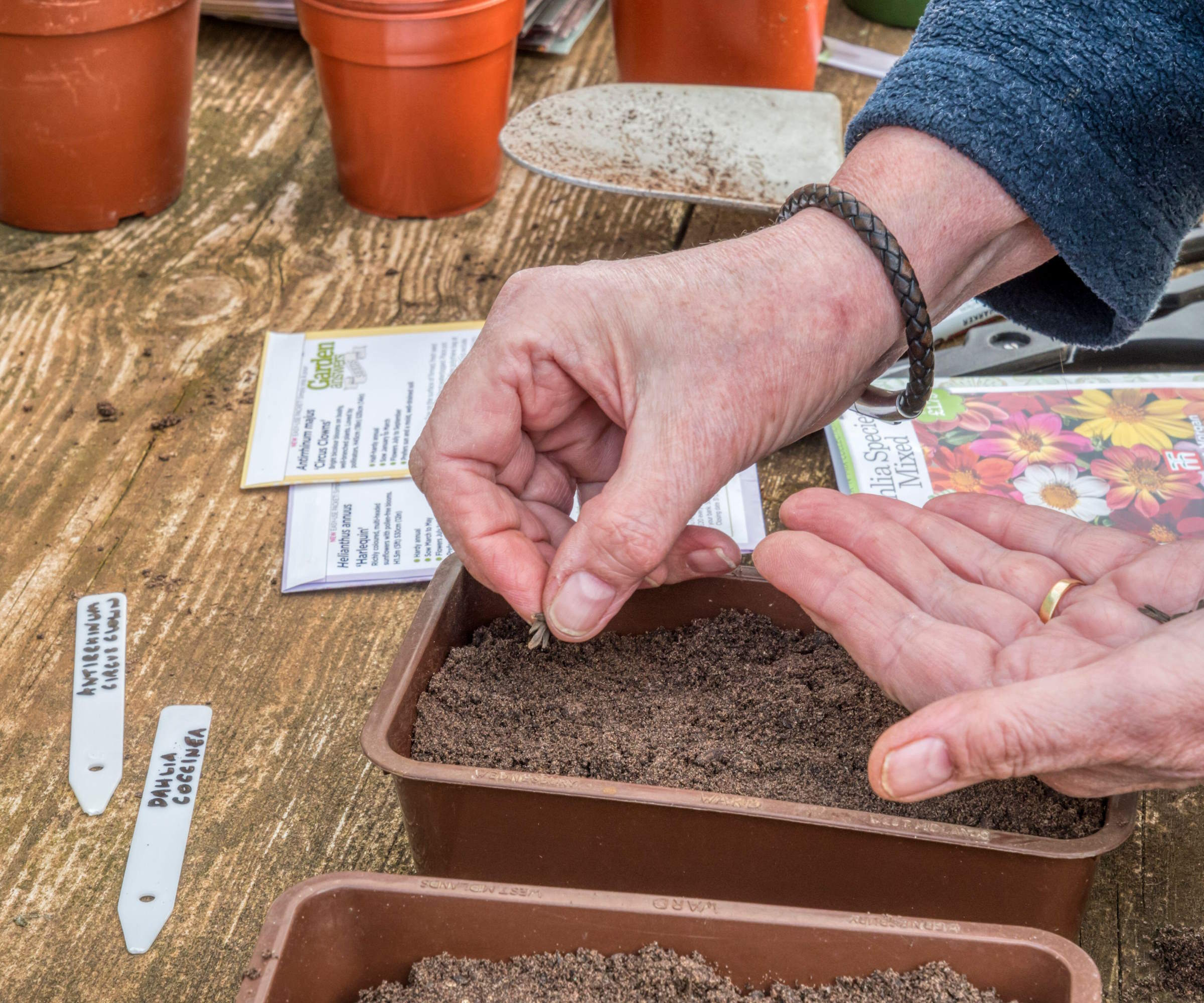
Dahlia seeds are long and thin in shape
Why grow dahlias from seed?
Growing dahlias from seed can be a budget-friendly way to get a lot of bright blooms for your backyard ideas. The cheerful plants can be added to beds, borders, raised garden beds, or containers, to provide dazzling splashes of color come summer.
We hear from expert flower growers about why and how you should add growing dahlias from seed to your spring to-do list.
Types of dahlias to grow from seed
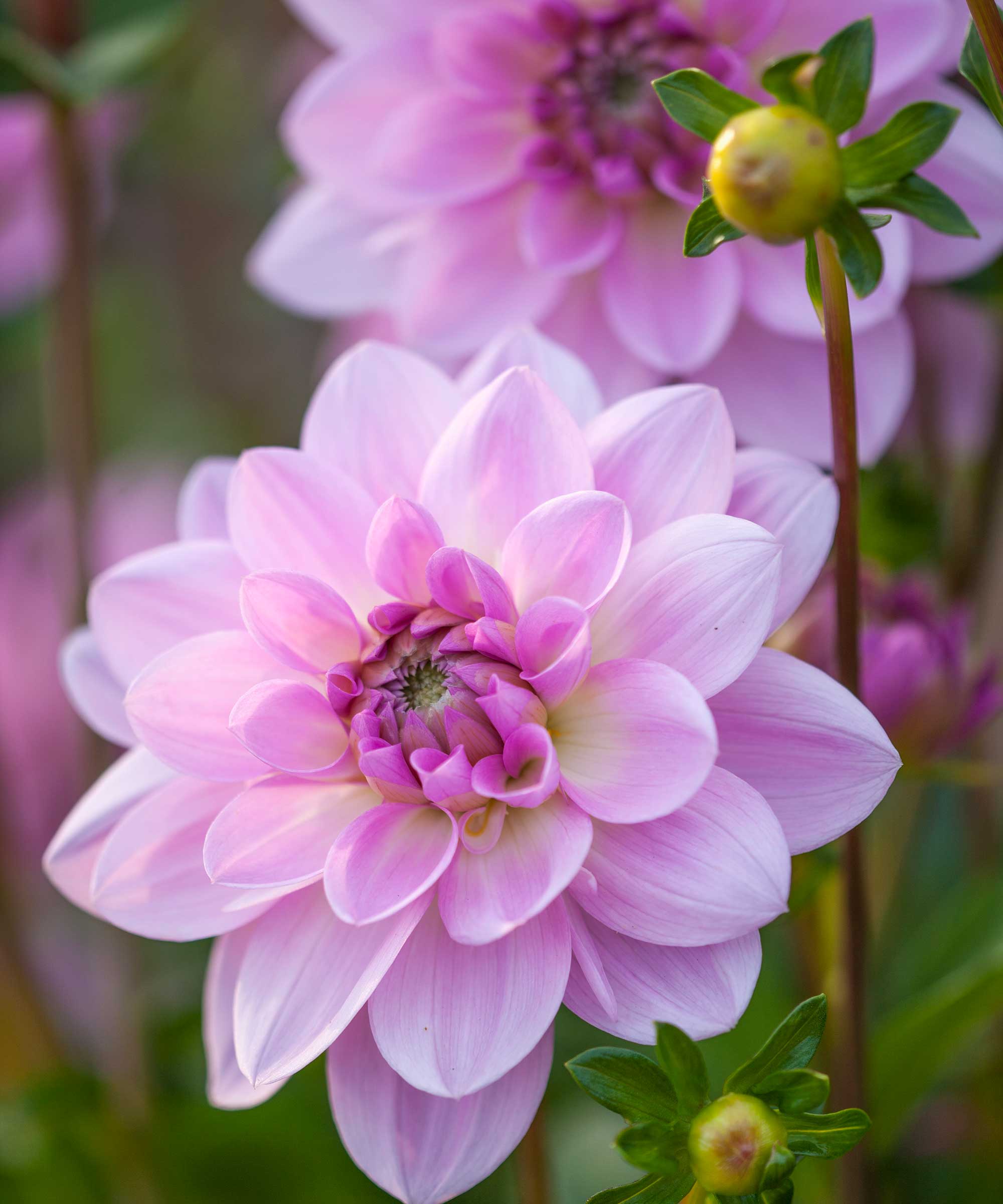
Growing dahlias from seed can give you flowers in many colors
There is a lot of mystery involved in growing dahlias from seed - and the excitement is part of why so many people do it. If you plant dahlia tubers every year, you know exactly what flowers will appear from that tuber. However, with dahlia seeds there is not the same level of consistency.
Packets you see sold in garden centers and online will tend to be described as mixes, as there is no guarantee you can grow a specific type of dahlia through sowing seeds. The blooms that come from growing dahlias from seed are going to be a whole mix of colors.
Design expertise in your inbox – from inspiring decorating ideas and beautiful celebrity homes to practical gardening advice and shopping round-ups.
Holly Heider Chapple, floral designer and owner of Hope Flower Farm, says ‘the unique and exciting possibilities the seedlings offer are very enticing’. She adds: ‘If you are growing from seed, you are excited about the possibilities, or you want dahlias and are not committed or need specific dahlias.’
The intrigue that comes with growing dahlias from seed is down to the fact that plants are unique - no two plants will be exactly the same when growing from seed. Meredith Bishop, sustainable flower grower and owner of Bloom and Bounty, hails the prospects and opportunities that can come with dahlias grown from seed.
She claims: ‘Growing dahlias from seed is a fascinating way to create new varieties, and you can save the tubers from your favorites to plant out the following year’.
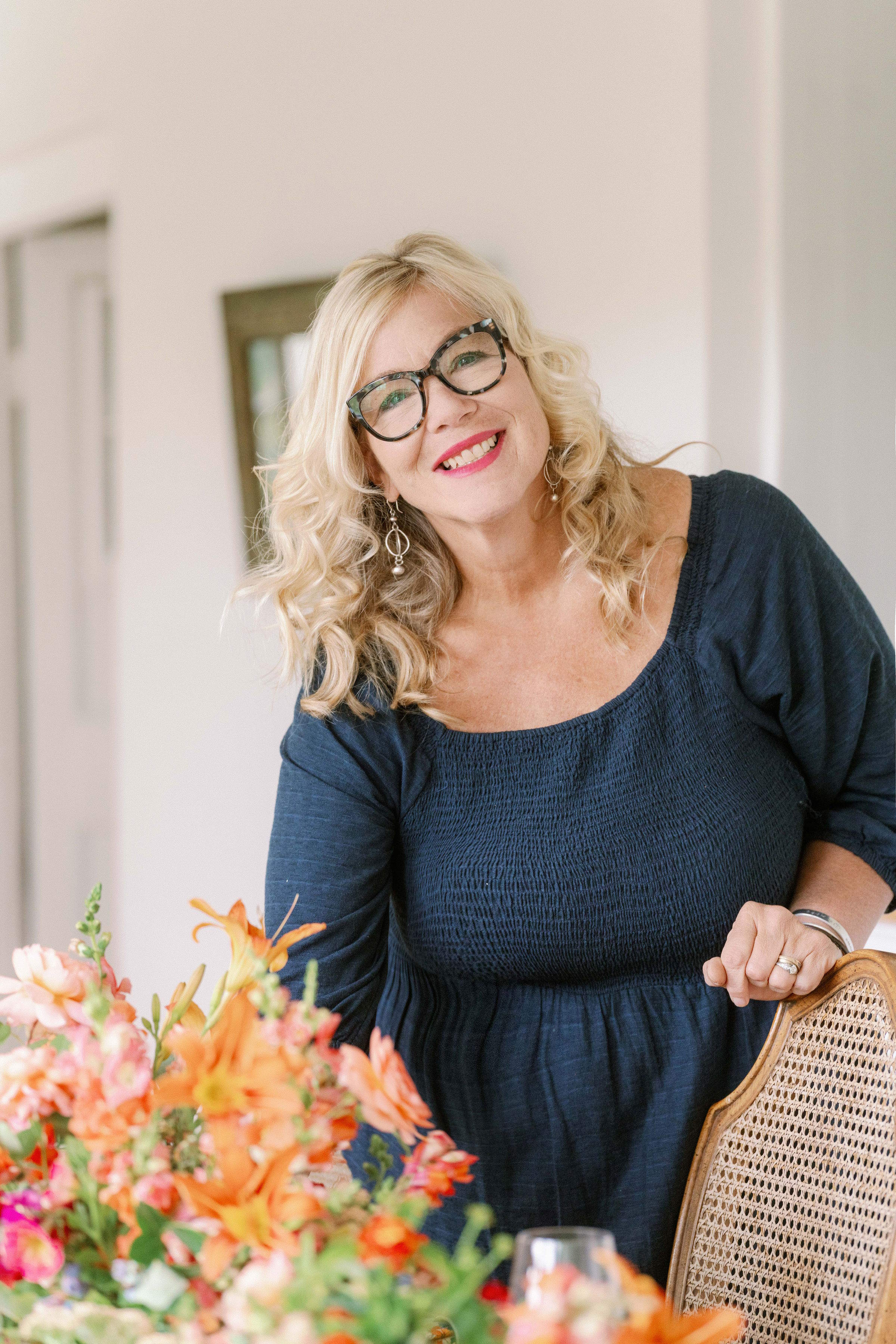
Holly Heider Chapple began her floristry career 30 years ago as a wedding and event floral designer. Known for her garden-inspired designs, she has influenced trends in the profession of floristry by exposing designers and the public to unique and hearty blooms. Holly and her late husband Evan purchased Hope Flower Farm in 2015. Hope Farm is now a functioning flower farm and winery and an educational facility and bed and breakfast for floral designers.
When and how to start dahlias from seed

It can be a mystery what dahlias you will get from sowing seeds
Dahlia seeds are best started in a protected indoors environment around 6-8 weeks before your last frost - the timing of which will depend on your US hardiness zone. The seeds can be started in a heated greenhouse, in a heated propagator, or indoors on a warm and sunny windowsill.
The reason for starting so early is that, as Meredith Bishop explains, ‘dahlia seeds can be slow to germinate, and somewhat sporadic in timing, so giving yourself plenty of time to grow a healthy stand of dahlia seedlings before planting out is best’.
Seeds are best sown into a good-quality potting soil designed for seeds. These products are the best soils to start seeds in, and are better than using homemade compost, old garden soil, or reusing potting soil. Fill seed trays or small pots with potting soil and thinly sprinkle the dahlia seeds over the top, before covering again with a light layer of more soil or vermiculite.
Dahlia seeds ideally want a temperature of 70°F or over, and lots of light. The experts at Swan Island Dahlias recommend that ‘they do not need any additional light, other than what Mother Nature gives us during the daylight hours’, so grow lights are not a prerequisite and a bright window can suffice. Keep the soil moist and check regularly for when to water - the soil wants to be damp but not waterlogged, and not allowed to dry out at all.
Seedlings in trays will need pricking out and potting on when they are large enough to handle and have got their first set of true leaves. Gently separate the seedlings and pot them up into small pots filled with potting soil. Grow them at temperatures of at least 60°F and continue to give the young plants lots of light to prevent leggy seedlings, as well as keeping the soil moist as the dahlias grow.

Meredith Bishop is a sustainable flower grower specializing in old-world blooms grown from seed in her gardens in urban Nashville, Tennessee. She also operates a retail design studio in Nashville, and enjoys teaching, speaking and writing about all aspects of flower gardening.
When to plant out dahlias grown from seed
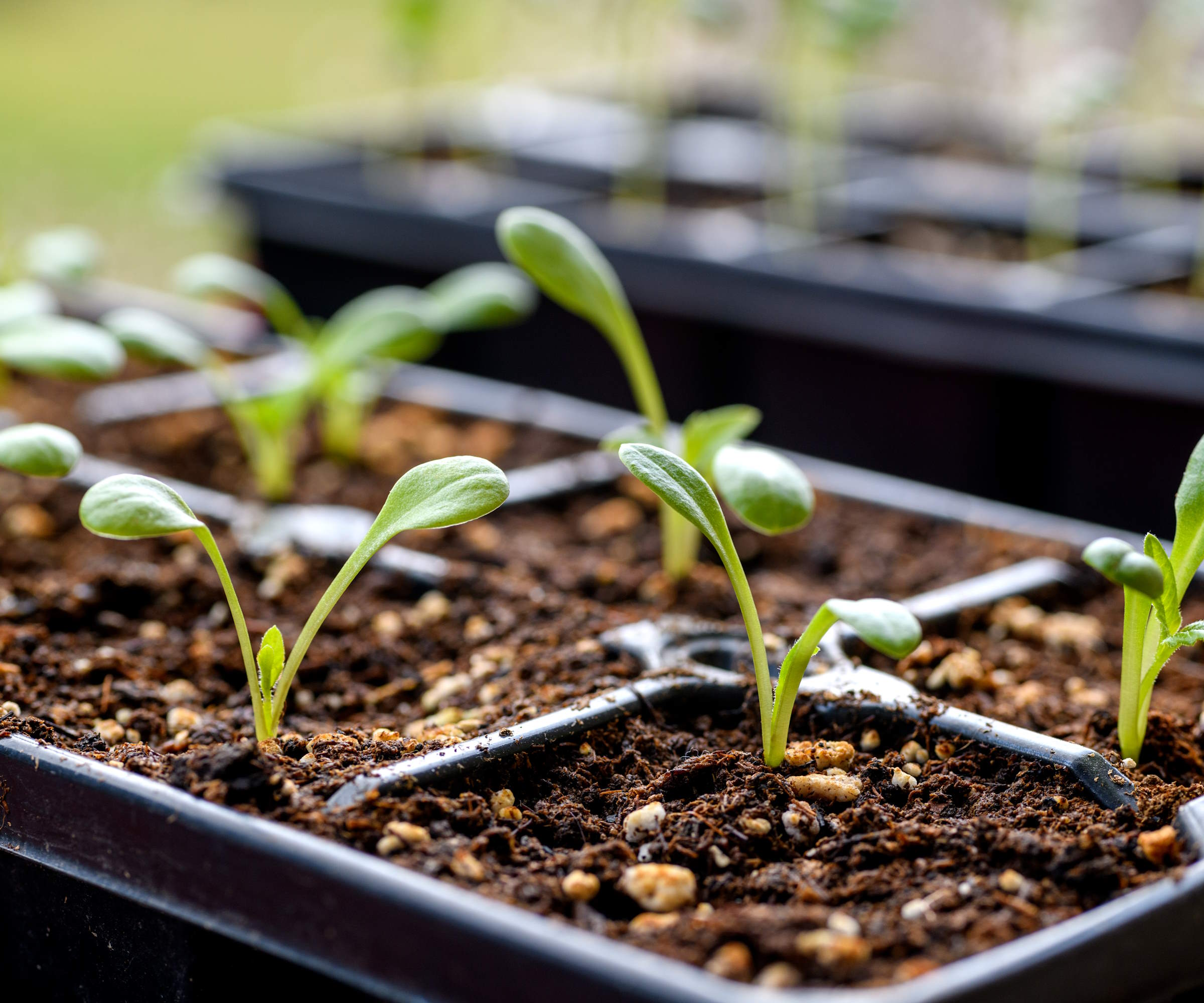
Dahlia seedlings need to be kept moist, but not sit too damp
The seedlings can be transplanted out into the garden at least a month after being potted on, once the risk of frosts have passed and the soil temperature has risen.
Meredith Bishop says: ‘Because dahlias are somewhat cold-sensitive plants, it's best to wait until temperatures warm sufficiently before transplanting baby seedlings outdoors. Generally, this will be around 4-6 weeks after your last spring frost date.’
The small plants will need to be hardened off before you plant your dahlias, to get them acclimatized to their new outdoor growing space. Bring them outdoors during the day, and back in again at night, for at least a week to reduce the risk of them suffering from shock when being transplanted.
As with planting dahlias grown from tubers, the plants want a really sunny spot and to be in a fertile soil type that drains well. Plant dahlias grown from seed around 18 inches apart in the flower bed or cut flower garden, or you can grow dahlias in pots to provide pops of color around a small backyard space, patio, deck, or balcony.
The care and maintenance for them is then the same as any other dahlias. The plants need regular watering to keep them happy and feeding with a high potash fertilizer during summer can help to promote flowering. Pruning dahlias and deadheading dahlias will also help to keep dahlias blooming for longer.
If you live in a climate that has cold winters and frosts, then you have two options with your seed-grown dahlias. You can either simply grow the dahlias as an annual and let them succumb to the winter weather, or lift the plants to overwinter in a cool and frost-free place ready to plant out again come spring.
FAQs
Are dahlias hard to grow from seed?
Growing dahlias from seed is not a tricky task, however their germination can be erratic. For example, the experts at Swan Island Dahlias estimate that ‘the usual success rate in dahlia seeds is 50-75%’. If you can give them sufficient heat and light, hopefully any seedlings will develop within a few weeks from sowing. Then it is simply a case of protecting them from cold temperatures until the time comes to plant them out into the garden.
How long does it take to grow dahlias from seed?
It can take a while to grow dahlias from seed and it may be between 100 and 120 days from when you sow the seed to the first flowers appearing on your new dahlia plants. The exact length of time will depend on when and where you sowed the seed, along with the weather conditions after the seedlings were transplanted out into the garden.
Will dahlias bloom the first year from seed?
Dahlias will produce flowers in their first year - from my personal experience I have got blooms in the summer from sowing dahlia seeds in spring. It may be a bit of a surprise to see what blooms you get, but if you give the plants lots of sun and water they will reward you with flowers. The blooms themselves are not going to be as large or strong as dahlias grown from tubers, but are still a delight and can be used as cut flowers in a display.
Do dahlia seeds turn into tubers?
Dahlia plants grown from seed will produce tubers as they grow. In their first year it will only be a few small tubers, but these can be lifted to overwinter the dahlias and planted again the next spring to grow again. The tubers will grow and bulk up each year they are planted and grown.
However, there are no guarantees and an air of uncertainty may remain about what you will get in the second year. Holly Heider Chapple says: ‘The seedlings will produce tubers by the end of the growing season, but remember, what the tuber will produce is unknown.
‘I learned many years ago from Donald Dramstad, the acting president of the American Dahlia Society, that seedlings can not be trusted to produce consistently until they have maintained their color, form, and shape for three years.’
If you want to continue the cycle, why not consider harvesting dahlia seeds from your plants to sow come spring? There is no guarantee what blooms you will get from any seeds collected from your dahlias - whether the original plants were grown from seed or tubers - but it can be a novel trial and a simple way to get even more colorful blooms for your backyard.

Drew has worked as a writer since 2008 and was also a professional gardener for many years. As a trained horticulturist, he worked in prestigious historic gardens, including Hanbury Hall and the world-famous Hidcote Manor Garden. He also spent time as a specialist kitchen gardener at Soho Farmhouse and Netherby Hall, where he grew vegetables, fruit, herbs, and cut flowers for restaurants. Drew has written for numerous print and online publications and is an allotment holder and garden blogger. He is shortlisted for the Digital Gardening Writer of the Year at the 2025 Garden Media Guild Awards.
